Description
The adult moth (Figure 1) is speckled brown, white and black with a distinctive white spot halfway down its outer pair of wings. It is about 3/8" long and is nocturnal so it will rarely be seen unless trapped.
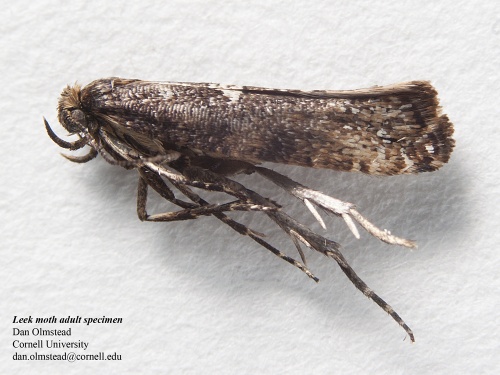
Figure 1. Leek moth adult. Photo: Dan Olmstead, NYS IPM, Cornell AgriTech.
The larva (Figure 2) is a creamy yellow, slender caterpillar, less than a half inch long when fully grown. (Figure 3) The pupa (Figure 4) has a net-like structure over the cocoon and is attached to dying foliage or other nearby structures. The eggs (Figure 5) are tiny and translucent. They are laid on the undersides of leaves and are very difficult to see.
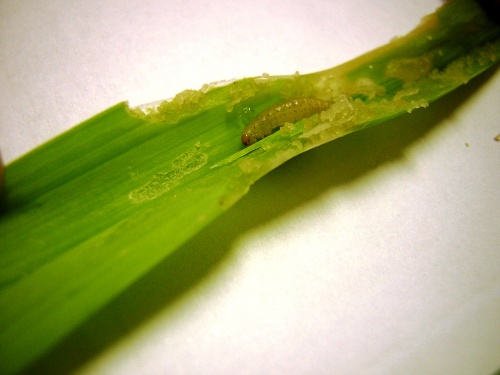
Figure 2. Leek moth larva inside folded garlic leaf. Photo: Amy Ivy, Cornell University.
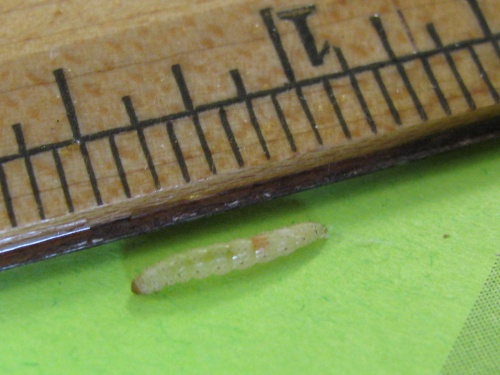
Figure 3. Leek moth larva. Photo: Amy Ivy, Cornell University.
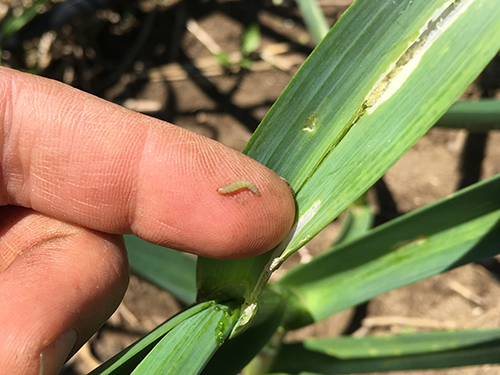
Figure 3a. Leek moth larva on garlic scape. Photo: Scott Lewins, UVM.
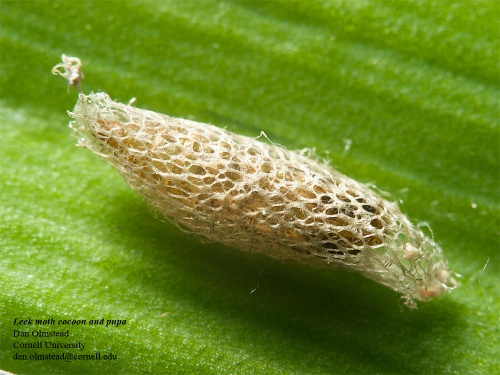
Figure 4. Leek moth cocoon. Photo: Dan Olmstead, NYS IPM, Cornell AgriTech.
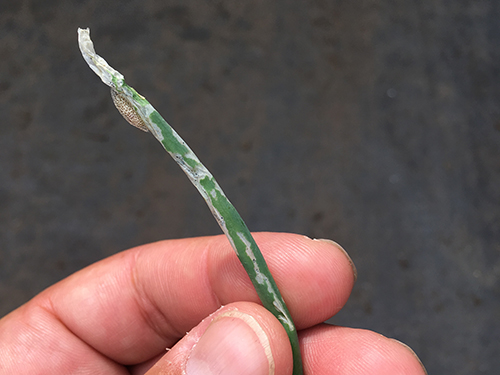
Figure 4a. Leek moth cocoon on scallion. Photo: Scott Lewins, UVM.
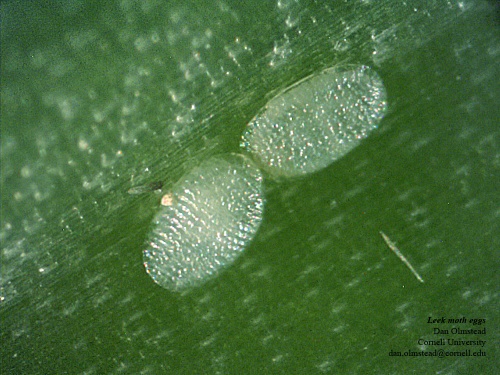
Figure 5. Leek moth eggs. Photo: Dan Olmstead, NYS IPM, Cornell AgriTech.
Life cycle
There are two to three generations per year in Ontario. It overwinters as a pupa or as an adult in plant debris. In spring, adults become active when temperatures reach 10 degrees C and mate soon after. The female lays about 100 eggs, singly, on the underside of host plant leaves when night temperatures are above 10 degrees C, over the next 3-4 weeks. Eggs hatch in about a week. Larvae (caterpillars) burrow into the leaves and grow in size over the next two weeks, then pupate on leaves or nearby structures. Adults emerge about 10 days later.
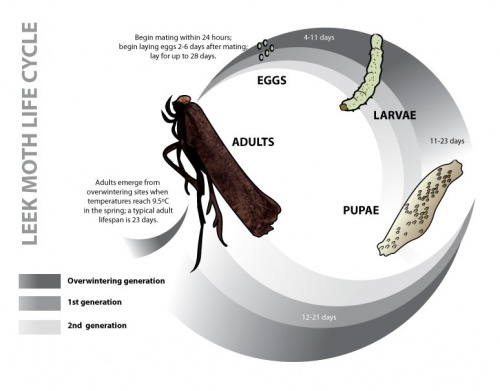
Leek Moth Life Cycle. Illustration: Donna Boyce, Cornell AgriTech. Click for full-sized image.
Fact Sheet
- Leek Moth Fact Sheet 2022 (PDF) — University of Vermont Extension
- Leek Moth Fact Sheet 2011 (PDF) — Cornell Cooperative Extension
- Leek Moth — A Pest of Allium Crops (revised August 2009)
Training Material
- Leek Moth: Background, Biology, and Occurrence
- Powerpoint (5MB File)
- PDF (318K)
- Leek Moth Damage Examples.
- Poster for fairs and/or displays (PDF)
- Poster 2: Leek Moth: A New Invasive Insect Pest of Allium Crops (PDF)